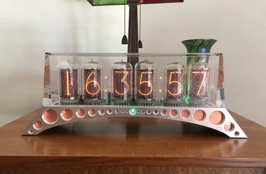
This clock took me 6 months to complete , and was BY FAR the most challenging. BUT, was truly a labor of love. Hope you enjoy it.

